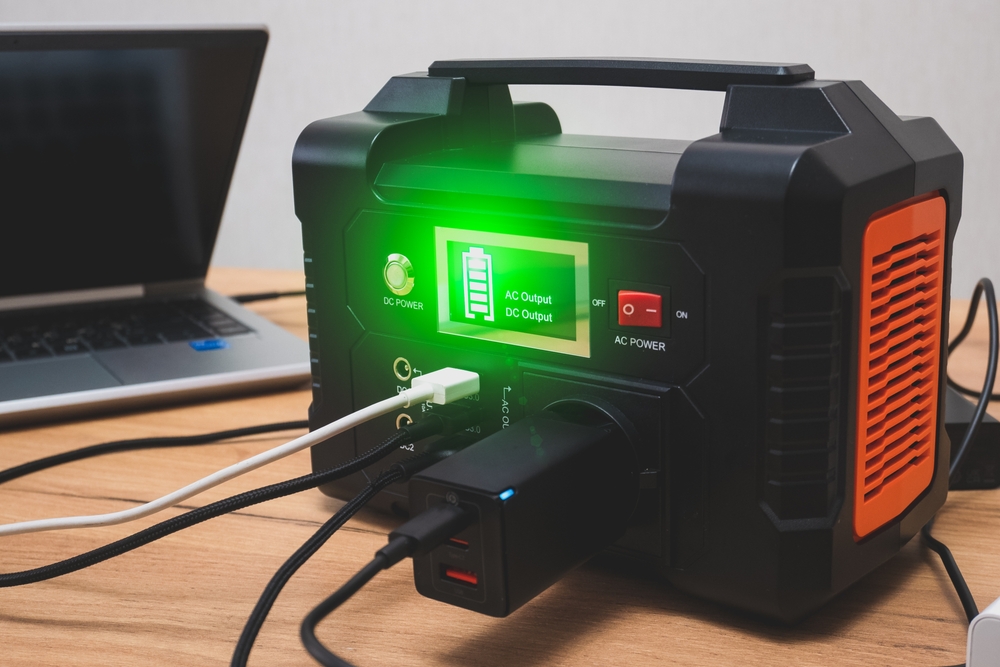Power Banks: Portable Battery Chargers for Mobile Devices
Power banks are compact external battery packs that supply power to mobile devices and other small electronics when mains power is unavailable. They store energy in rechargeable cells and deliver it through USB ports or other outputs to recharge phones, tablets, wearable devices, and more. Understanding capacity, output, and safety features helps you choose a power bank that suits your daily routine or travel needs.

What is a power bank and how does it work?
A power bank is essentially a portable electrolyte-based battery pack with input ports for recharging and output ports for delivering power to devices. Internally it contains one or more rechargeable cells (usually lithium-ion or lithium-polymer), a circuit board that manages charging and discharging, and connectors such as USB-A or USB-C. When you connect a mobile device, the power bank converts its stored energy into the correct voltage and current to top up the device’s battery, often with built-in protections for overcurrent and short circuits.
How does the battery inside affect performance?
The type and capacity of the battery determine how much power the unit stores and how long it can charge a device. Capacity is commonly listed in milliampere-hours (mAh). Higher mAh ratings generally mean more full charges for a phone, but real-world results depend on voltage conversion and efficiency losses (typically 60–90%). Battery chemistry influences weight, size, lifespan, and safety: lithium-polymer cells often allow slimmer designs, while lithium-ion cells are widely used for higher capacities. Look for stated cycle life and safety certifications when evaluating longevity.
What role does the charger output play?
Output specifications—voltage, current (amps), and supported charging protocols—determine charging speed and compatibility. A charger output labeled 5V/2.4A will charge many phones at a moderate rate; power delivery (PD) or Quick Charge protocols over USB-C enable faster charging for compatible devices and can supply higher voltages like 9V or 12V for tablets and some laptops. Multiple outputs let you charge more than one device at once, but sharing power reduces the available capacity per device. Cable quality and device acceptance of fast-charge standards also affect real-world speeds.
Which power bank fits your mobile device needs?
Choosing the right power bank for a mobile device depends on device battery size, portability needs, and how quickly you want to recharge. For daily top-ups, a compact 5,000–10,000 mAh unit is often sufficient and pocket-friendly. For longer trips or multiple devices, 20,000 mAh or larger packs provide more full charges but add weight. If your phone supports USB-C PD, a PD-capable power bank can restore charge much faster than basic outputs. Consider also pass-through charging, simultaneous input/output, and whether you need built-in cables or wireless charging features.
How do power banks interact with other electronics?
Power banks can charge a range of electronics beyond phones: earbuds, cameras, small drones, portable game consoles, and some laptops with USB-C PD support. Check device voltage and power requirements before connecting—some laptops need higher wattage than many compact power banks can provide. Power banks should be used in accordance with device manufacturer guidance to avoid heat buildup. When traveling, be aware of airline regulations for spare batteries: most carriers allow batteries under a certain watt-hour limit in carry-on luggage but may restrict larger units.
This short comparison looks at common portable power bank models and rough cost expectations to help you compare key features and capacities.
| Product/Service Name | Provider | Key Features | Cost Estimation |
|---|---|---|---|
| PowerCore 10000 | Anker | 10,000 mAh, compact, USB-A output, universal compatibility | $20–$35 |
| 20000 mAh Power Bank | Xiaomi | 20,000 mAh, multiple ports, USB-C input/output, slim profile | $25–$45 |
| PowerCore 20000 PD | Anker | 20,000 mAh, USB-C Power Delivery, faster charge for tablets/laptops | $40–$70 |
Prices, rates, or cost estimates mentioned in this article are based on the latest available information but may change over time. Independent research is advised before making financial decisions.
Conclusion
Power banks are practical accessories that extend the usable time of mobile devices and small electronics away from fixed power sources. Key considerations when selecting one include capacity (mAh), output power and charging protocol, physical size and weight, and safety certifications. Matching those factors to your device requirements—whether for daily commuting, travel, or backup power—lets you balance convenience and cost while maintaining safe charging practices.





